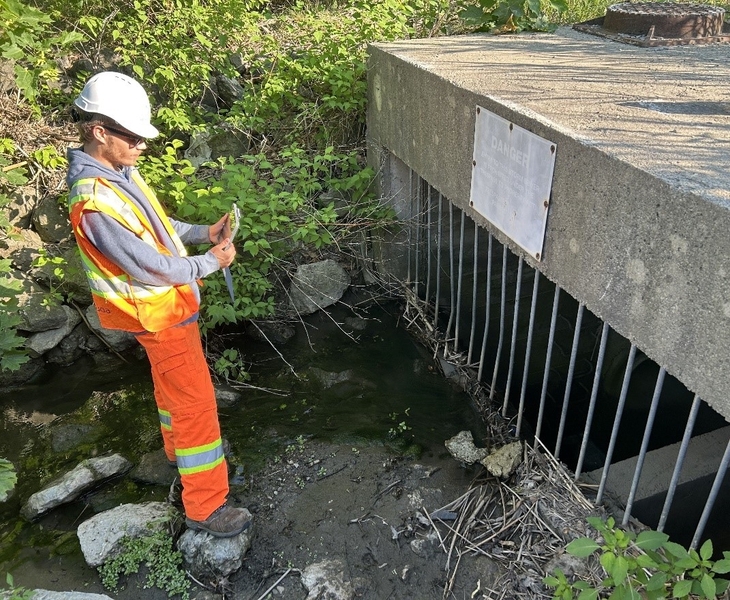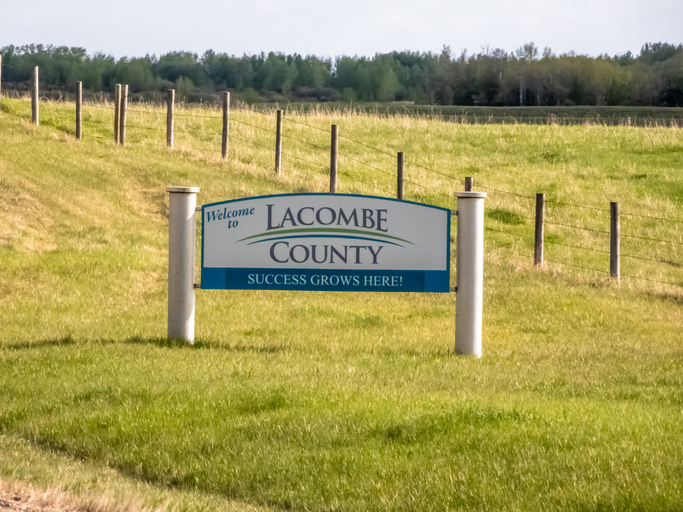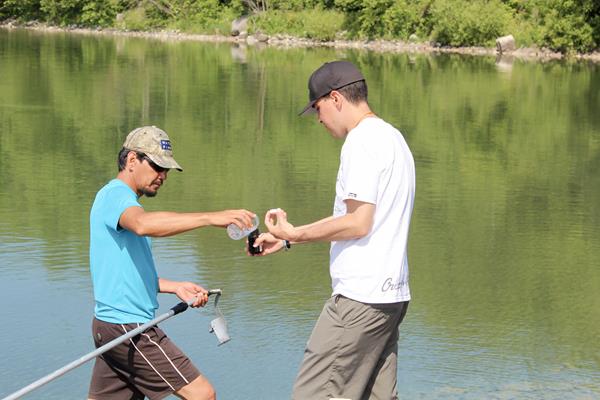Ontario may seem to be a water secure region, but new research out of the University of Waterloo challenges the myth of water abundance in the Great Lakes watershed.
Using a first-of-its-kind risk analysis, researchers connected water quality, quantity, regulations and public concern to obtain a more comprehensive picture of water security at the local level. The novel approach revealed that at least half of the studied watersheds had a moderate to high potential for risk.
Water risk is defined as the likelihood of occurrence of water issues manifested as seasonal low flows, groundwater depletion, degraded quality, regulatory uncertainty of access or use, water user conflicts or other legacy issues that can adversely impact human wellbeing, profitability, and environment.
Since water is a shared resource, all users are potentially impacted. Therefore, current and future businesses, investors, regulators, policymakers and civil society can use the findings to proactively inform decisions, policies, and strategies to manage water sustainably and ensure water security for current and future generations.
“Ontario may seem to be a water secure region with the Great Lakes containing 20 per cent of global freshwater but upon finer analysis, multiple water risks and hotspots emerge,” said Guneet Sandhu, PhD candidate in the School of Environment, Enterprise and Development. “Our study revealed that issues like seasonal low flows, groundwater stress and degrading water quality are prevalent, but risks also take the form of regulatory uncertainty, access issues, and conflicts amidst competing water-using groups.”
By adding interdisciplinary perspectives and human variables to the traditional frameworks that have historically focused only on technical water quantity data, the researchers demonstrate that contextual nuances are equally important in shaping water security locally and informing a higher overall risk assessment. For example, when looking at water user conflict, the number of communities with a very high-risk potential triples compared to communities at very high risk for just water quality or quantity. The researchers also looked at other perspectives and variables including drinking water advisories, media controversies, and past drought conditions to take the risk analysis to a new level in Ontario.
While the study looks solely at Ontario, the framework can be adapted for other geographical regions in the future. The researchers will also expand the risk evaluation and management stages by studying risk perception of corporate and financial sector analysts and decision-makers to design a locally attuned decision support tool for their use.
“Water is at the core of Ontario’s society, economy, culture, and environment,” said Dr. Olaf Weber, professor in the School of Environment, Enterprise and Development at Waterloo. “Ensuring a water secure and climate resilient future by proactively assessing water risks and their hotspots is the need of the hour. We are underestimating the potential risk if we only look at risk to quantity.”
The study, An Interdisciplinary Water Risk Assessment Framework for Sustainable Water Management in Ontario, Canada, appears in the journal of Water Resources Research.
Featured image: Stormwater treatment system for Lake Ontario. Filtration screens are suspended under the boardwalk-like structure where stormwater is purified from one cell pond to another until it is released into the lake.









